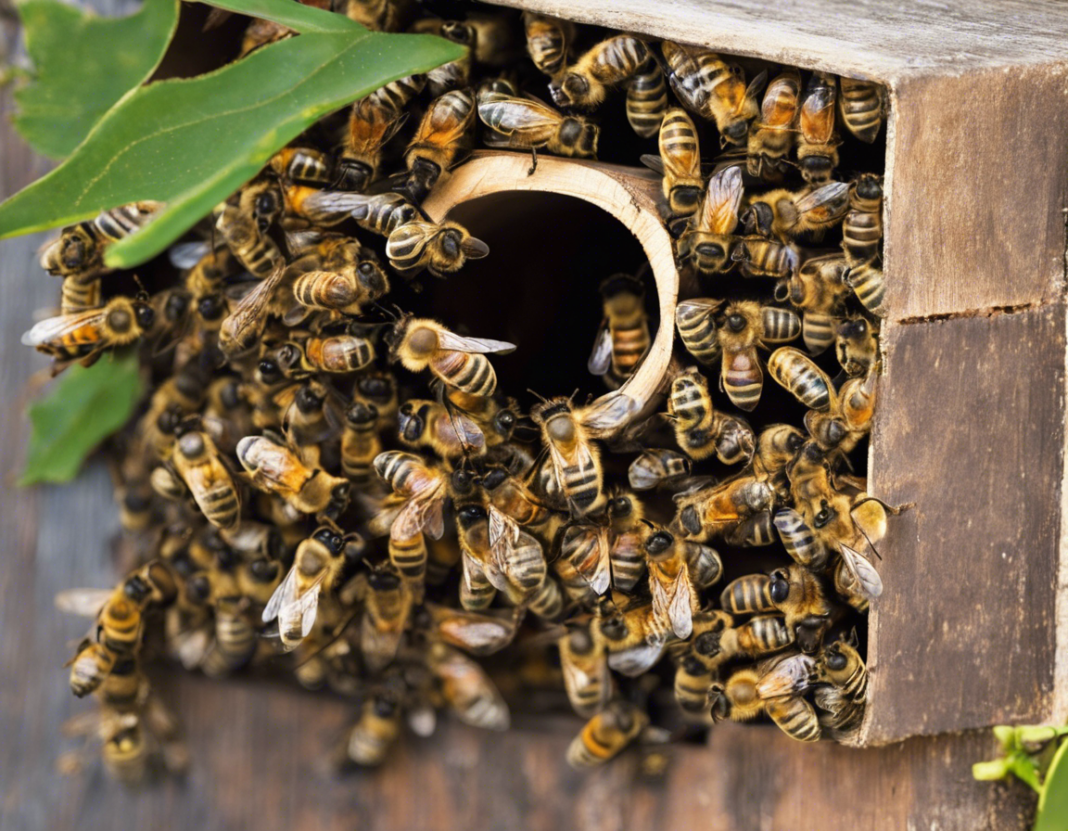Introduction
Beekeeping, also known as apiculture, is the practice of managing honeybee colonies to obtain honey, beeswax, pollination services, and other products. It is a rewarding and fascinating hobby that provides numerous benefits to both beekeepers and the environment. This comprehensive guide aims to delve deeper into the world of beekeeping, covering everything from the equipment needed to the health benefits of honey.
Getting Started with Beekeeping
Starting a beekeeping venture requires careful planning and preparation. Here are the essential steps to begin your journey as a beekeeper:
1. Research and Education
Before diving into beekeeping, it’s crucial to educate yourself about the fundamentals of bee biology, hive management, and safety practices. Attend workshops, read books, and connect with experienced beekeepers to gain valuable insights.
2. Choose the Right Hive
The most common hive designs are Langstroth, Top-Bar, and Warre hives. Each type has its unique characteristics, so choose one that best suits your preferences and location.
3. Acquire Necessary Equipment
Essential beekeeping equipment includes a hive, protective clothing (bee suit, gloves, veil), smoker, hive tool, and feeders. Investing in quality equipment will make your beekeeping experience more enjoyable and productive.
4. Obtain Bees
You can purchase honeybee packages, nucs (nucleus colonies), or catch swarms to populate your hive. It’s advisable to start with a small colony and gradually expand as you gain more experience.
5. Choose a Suitable Location
Select a strategic location for your beehive that offers ample sunlight, good airflow, and access to water sources. Ensure that the hive is placed in a safe and secluded area to minimize disturbances.
Hive Management and Bee Care
Maintaining healthy bee colonies requires ongoing management and attention. Here are some key aspects of hive management and bee care:
1. Regular Inspections
Perform hive inspections every 7-10 days during the beekeeping season to check for any signs of disease, pests, or queen performance. Regular inspections help you monitor the hive’s progress and address issues promptly.
2. Pest and Disease Control
Common pests such as Varroa mites and diseases like American Foulbrood can threaten bee colonies. Implement integrated pest management strategies and monitor hive health to prevent infestations and diseases.
3. Feeding and Supplementing
Bees require a sufficient supply of pollen and nectar to thrive. Supplemental feeding may be necessary during periods of nectar dearth or when establishing new colonies. Provide sugar syrup or fondant as needed to support bee nutrition.
4. Swarm Prevention
Swarming is a natural reproductive process of honeybees, but excessive swarms can weaken colonies. Manage hive conditions, conduct regular inspections, and use swarm control techniques to prevent swarming and maintain colony strength.
5. Harvesting Honey and Beeswax
One of the most rewarding aspects of beekeeping is harvesting honey and beeswax. Use proper beekeeping tools and techniques to extract honey from frames, strain and store honey, and render beeswax for various uses.
Health Benefits of Honey
Apart from being a delicious natural sweetener, honey offers a myriad of health benefits:
1. Antioxidant Properties
Honey contains antioxidants that help protect cells from damage caused by free radicals, reducing the risk of chronic diseases and promoting overall health.
2. Wound Healing
The antibacterial and anti-inflammatory properties of honey make it an effective remedy for treating wounds, burns, and skin infections. Apply honey topically to promote healing and prevent infections.
3. Soothing Sore Throats
Honey is a common ingredient in natural cough remedies due to its soothing effect on sore throats. Mix honey with warm water, lemon, or herbal teas for relief from cough and throat irritation.
4. Energy Source
The natural sugars in honey provide a quick energy boost, making it an ideal pre-workout or post-workout snack. Replace processed sugars with honey for a healthier source of energy.
5. Allergy Relief
Consuming locally sourced honey may help alleviate seasonal allergies by exposing the body to small amounts of pollen, gradually building tolerance and reducing allergy symptoms.
Frequently Asked Questions (FAQs)
1. Can anyone become a beekeeper, or do you need special skills?
While anyone can become a beekeeper with proper education and guidance, having basic woodworking skills and a keen interest in nature can be beneficial.
2. How much time does beekeeping require on a weekly basis?
Beekeeping demands varying levels of time commitment depending on the season, ranging from a few hours per week for routine inspections to longer hours during honey harvesting or swarm management.
3. Are there any legal requirements or restrictions for keeping bees?
Local regulations on beekeeping practices, hive placement, and registration may vary, so it’s important to check with your municipality or beekeeping association for specific guidelines.
4. How do I choose the right type of bees for my region?
Consult with local beekeeping associations or experienced beekeepers to select bee breeds that are well-suited to your climate, forage availability, and pest resistance.
5. What safety precautions should beekeepers follow to avoid stings?
Wearing protective gear, moving calmly and deliberately around hives, avoiding sudden movements or disturbing bees, and using smoke during inspections can help minimize the risk of bee stings.
In conclusion, beekeeping is a fulfilling and enriching endeavor that allows individuals to connect with nature, support pollinator populations, and harvest valuable products. By following best practices in hive management, bee care, and honey production, beekeepers can enjoy a successful and sustainable relationship with their bees. Embrace the fascinating world of beekeeping and discover the wonder of these industrious pollinators.

